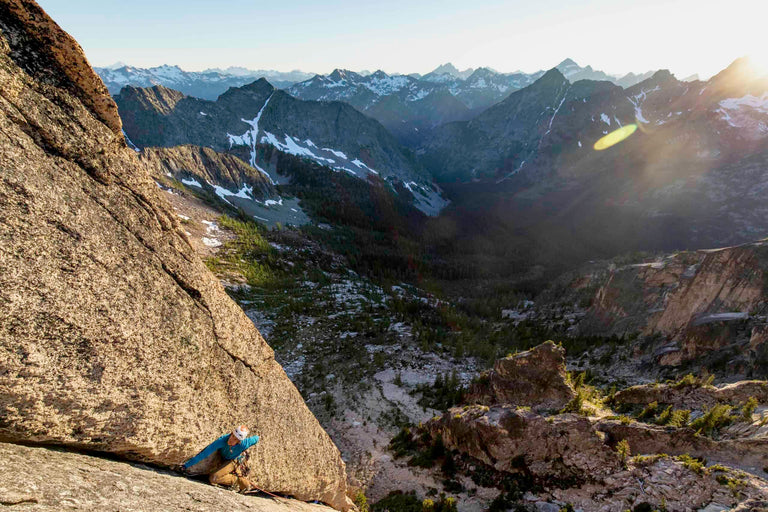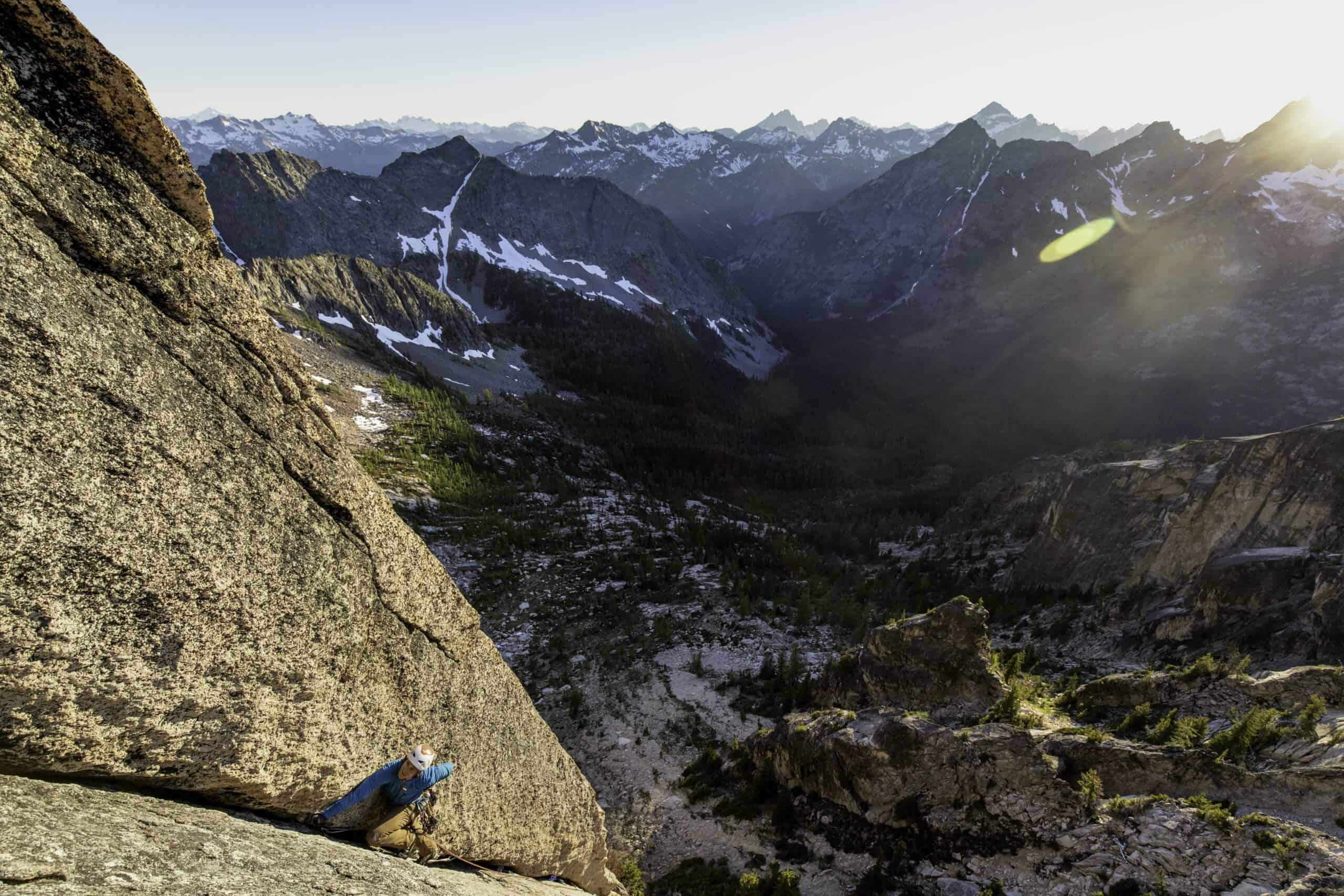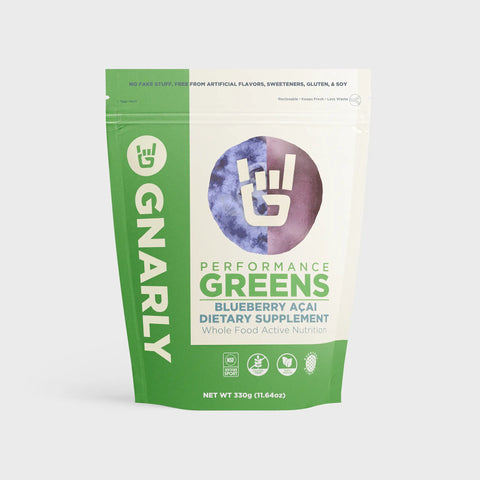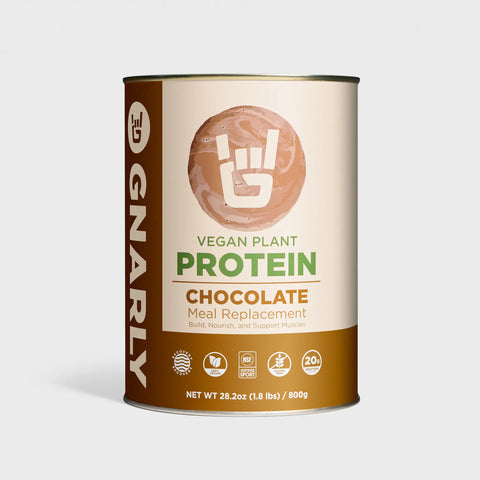I love to eat. The volume of food I can put away in a sitting is often surprising to my wife, and I’ve astonished myself too. As much as I love to eat in everyday life, things change during the course of endurance running activities. There inevitably comes a point, usually after the 18 hour mark for me, that eating becomes really difficult. It becomes a chore to get even my favorite foods like pizza, burritos, and Fritos down my pie hole.
Early on in endurance events, I make eating a priority. When I’m feeling good with my appetite in-tact, I make sure I don’t fall behind on my nutrition, knowing that my intake is going to slow down later. In addition to staying hydrated, I make sure I’m taking in the mix of carbohydrates, protein and fat that my wife-coach gives me at crew stops and sends me off with in my pack. The vast majority of my efforts are of the slow-twitch type where I’m predominantly in my aerobic zone of 153 heartbeats per minute, or less. So, my body is burning a mix of carbs and fat. If I were doing shorter, higher intensity activities where I’d be almost full-time in the anaerobic zone (153 BPM+), the fast fuel of almost pure simple carbs in gels would likely work well.
Even though I’m gifted with what my wife calls an “iron gut,” I ran into some gastrointestinal issues in my early 50- and 100-mile runs and triathlons. In those events, I fueled almost exclusively on gels.
I learned that approach ended up overwhelming my gut with a mixture of sugar-based nutrients that was too concentrated for my intestinal tract to handle. Sensing this concentration, the body floods the intestines with water extracted from the blood to dilute the nutrient mixture. This in turn creates two undesirable conditions. The first, less immediately noticeable, being a dehydration trend. The second, which is very noticeable, is that the intestines get overburdened with fluid that needs to be expelled via one or both of the only two available avenues. You get the drift.
My fix was to shift to real foods, which are more palatable and offer more variety than gels, and provide a slower, more manageable drip of nutrition from the stomach to the intestines. My one exception is on those long adventures, where I know my ability to consume adequate calories in the latter stages, I do add a caloric supplement to my water, so that with each sip, I am getting a small number of bonus calories along with electrolytes.
Big picture, however, I now look for the types of foods that are calorically dense (lots of calories in a small and light package), which are in many ways the exact opposite of what’s healthy to consume in anything other than small quantities in everyday life.

My everyday diet generally consists of whole, minimally processed, colorful foods that mostly come from the grocery store produce aisle. These foods are high-volume and therefore filling, not particularly calorically dense and have a high glycemic index, so are anti-inflammatory and don’t lead to unhealthy insulin spikes.
I eat three main meals and two snacks throughout the day. I also have Gnarly Greens every day or other day, and Collagen Pro three to four times a week prior to going out for a run or hike. I also use Gnarly Vegan as a breakfast meal option quite often. A nice twist is adding some healthy, organic, dried and ground spices to the shake – ½ tsp each of cinnamon and turmeric, and ¼ tsp each of cardamom and ginger. It works great in both vanilla and chocolate Vegan. This approach stays consistent throughout the year. The only change is that quantities increase during heavy training and recovery times.
On the trail, I carry a mixed flavor profile of salty, sweet and sour foods. Before and during hard and/or long efforts, I use Gnarly BCAAs with Collagen Pro mixed in. At latter stage crew or aid stations, I generally take in a Vegan shake, which is always appealing and gets me all the macronutrients, as well as key micronutrient vitamins and minerals. The food menu generally consists of my favorite candy bars, sour patch kids, Swedish fish, energy chomps, various flavors of salted almonds, cashews, pumpkin seeds, sunflower seeds, Fritos, Pringles, Peanut M&Ms, crackers, packaged energy bars, nut butter packets, pizza and burritos.

The important things to consider when fueling for endurance athletics are:
- Experiment in training with foods of various flavor profiles to understand what you like across the flavor spectrum. For instance, you may love chocolate, but after 18 hours, the last thing you can stomach is more sweet-forward flavors, so you’ll need salty and sour food profiles to fall back onto.
2. Textures and “swallow-ability” is also important. When I am having trouble getting calories in, I need some fall-back, items that pack a nutritional punch that I can just get down along with a gulp of water. This is where nut butter packets come into play for me. It’s generally not appealing for me to squeeze a packet of nut butter into my mouth, but I know I can do that with a chaser of liquid and it goes right down. That’s a quick 200 calories and fat that’ll keep me going for an hour until I have to face eating something else.
3. Consider the temperatures you’ll be in. If you’re running a hot desert ultra-marathon, the chocolate bars you’ve stashed in your race vest pockets are unlikely to be in any form other than messy liquid before long, especially during the daytime hours. While at the other extreme, if your event is in the cold weather, you’ll want to consider how hard some foods, like many packaged energy bars, can get. You don’t want to leave any pricey dental work behind on the course.
Above all, just make sure that you take in adequate (or as close as you can get to adequate) calories and nutrients as you prepare for, participate in, and recover from your endurance athletic endeavors. Your body needs more than you may think to get you through big training segments, rebuild stronger and put you in a position to perform your best, but more importantly enjoy your experiences and come back to challenge yourself another day.
For more on my adventures, check out http://twojdee.blogspot.com/





